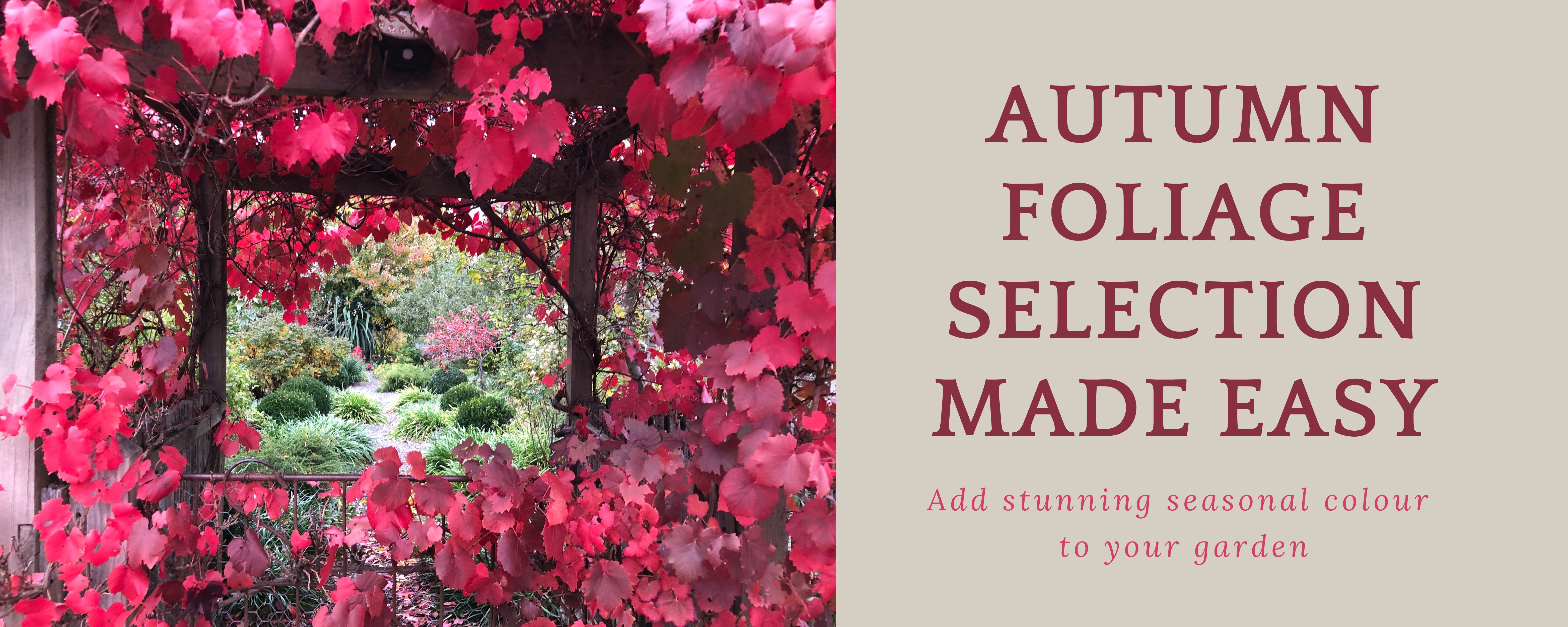Bringing autumn colour to your garden
If you love the magic of autumn leaves, why not bring that rich seasonal beauty into your own garden? One of the best ways to get started is simply to look around your neighbourhood. Notice which trees and shrubs are colouring up beautifully this time of year—that’s a strong sign they’ll thrive in your local climate and soil conditions too.
Many smartphones, including iPhones, have built-in plant identification features, making it easy to snap a photo and learn exactly what’s growing around you. There are also dedicated plant ID apps that can help you discover great candidates for your own garden.
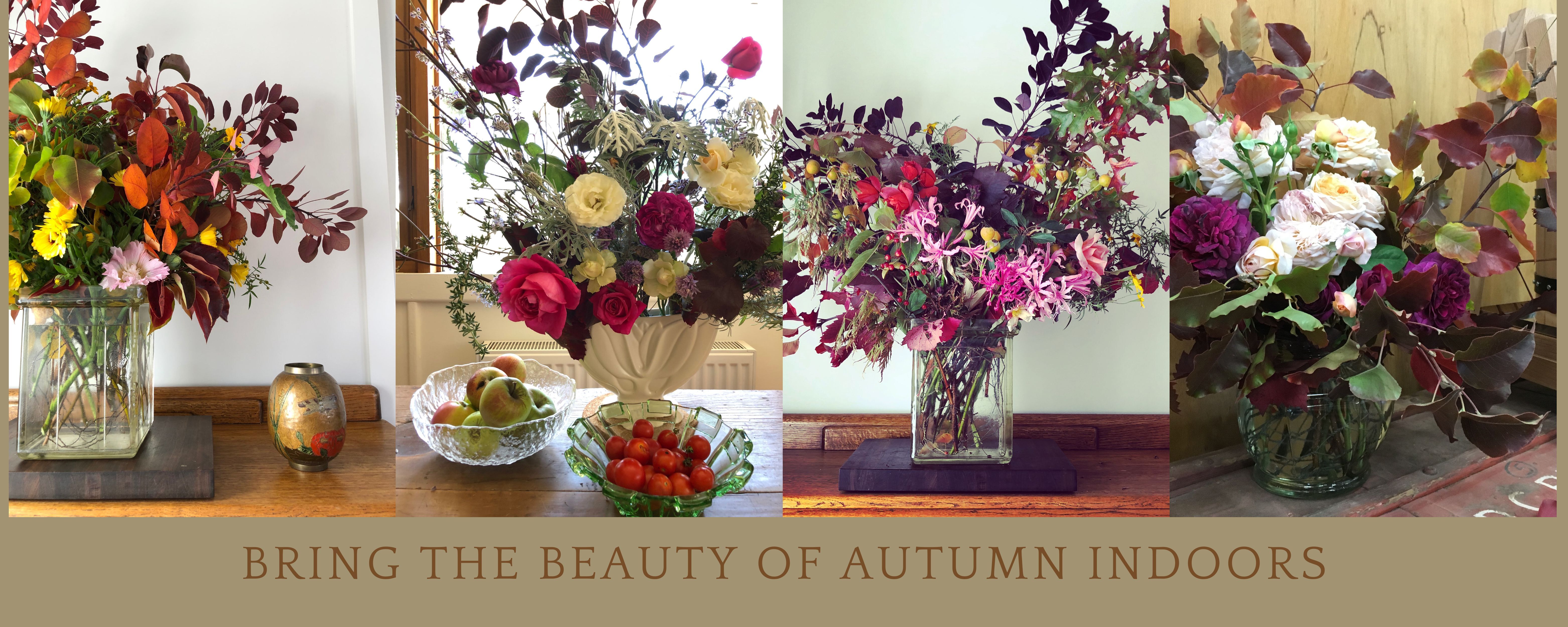
Why leaves change colour
Autumn colour comes from a fascinating natural process. As deciduous trees prepare for winter, they draw important nutrients and compounds like chlorophyll back into their roots and trunks. What’s left behind in the leaves are other pigments—like anthocyanins—which produce the brilliant reds, oranges, and yellows we love. When the leaves fall, they decompose and return nutrients to the soil, feeding the tree for seasons to come.
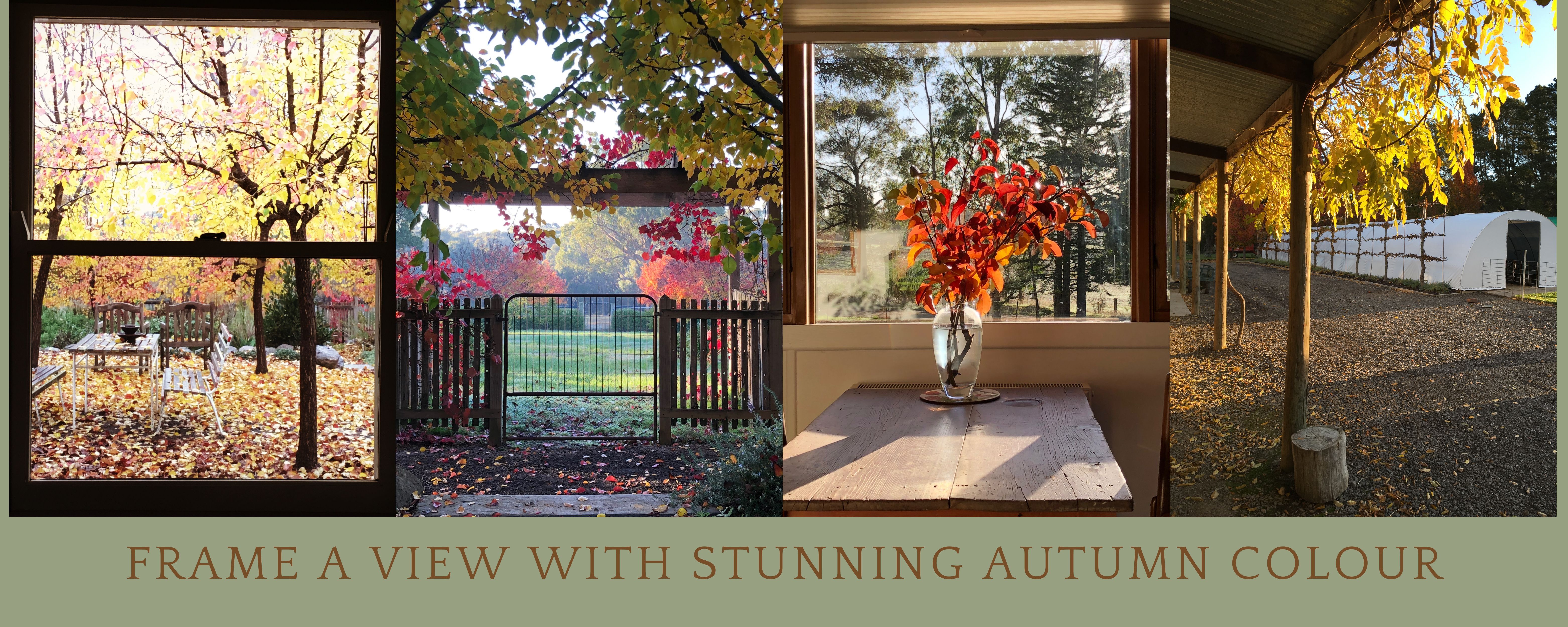
Using autumn foliage in your garden
- Specimen trees make excellent focal points. A single tree with bold autumn colour can anchor a garden, provide summer shade, and create a natural shaded play space. Weeping varieties add elegance and can cascade over walls or garden edges.
- For structured beauty, plant a row or avenue of the same tree along a path, driveway, or fence. It creates a dramatic seasonal effect, and who doesn’t love kicking through piles of crunchy autumn leaves? You can also mix tree species to extend the colour display across several weeks.
- Fruit trees bring double the benefit—autumn foliage and homegrown produce. Their golden hues add warmth to the garden, and they can be trained along fences or over archways to save space.
- Shrubs and climbers also offer great autumn interest. Deciduous shrubs can form vibrant hedges or windbreaks, while ornamental grapevines like ‘Roxy Red’ or ‘Tinto’ can dress up arbours, pergolas or fences with deep burgundy tones. They’re fruit-free, so there’s no mess on walkways.
- Even small spaces can shine. A compact deciduous tree in a pot or bonsai form on a balcony adds a refined touch to outdoor entertaining areas.
- On larger properties, these trees offer valuable shade for livestock and serve as effective windbreaks.
- Bring the beauty of autumn indoors by displaying cut stems of colourful foliage in vases, or scatter vibrant leaves across the table for a natural, seasonal touch.
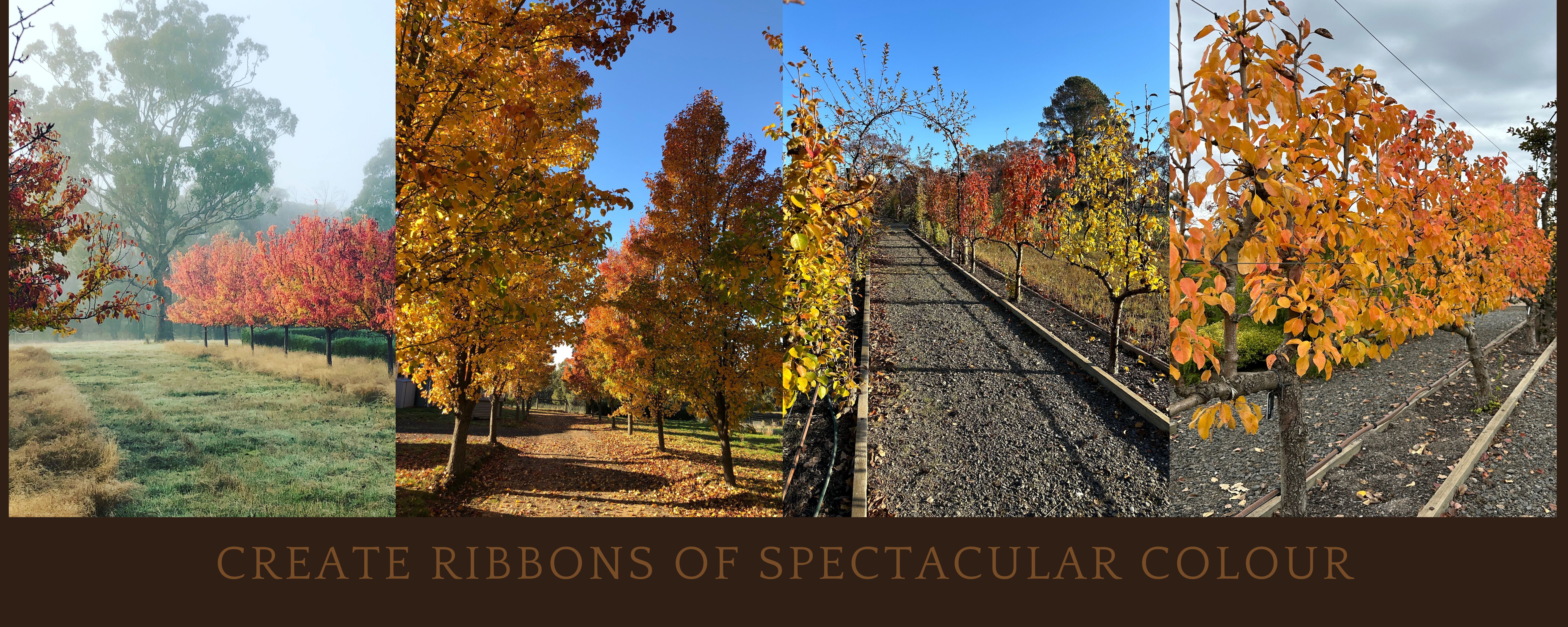
Colour combinations that pop
The right backdrop can make autumn colour sing. A bright blue sky behind flaming red or gold leaves creates a striking contrast. Pair purple and yellow foliage for maximum visual impact—especially against a moody grey sky. Extend interest further by combining purple-leaved shrubs like Cotinus ‘Grace’ with silvery perennials or framing evergreen Buxus balls under graceful deciduous trees like Japanese maples. Layer the colours viewed from important windows.
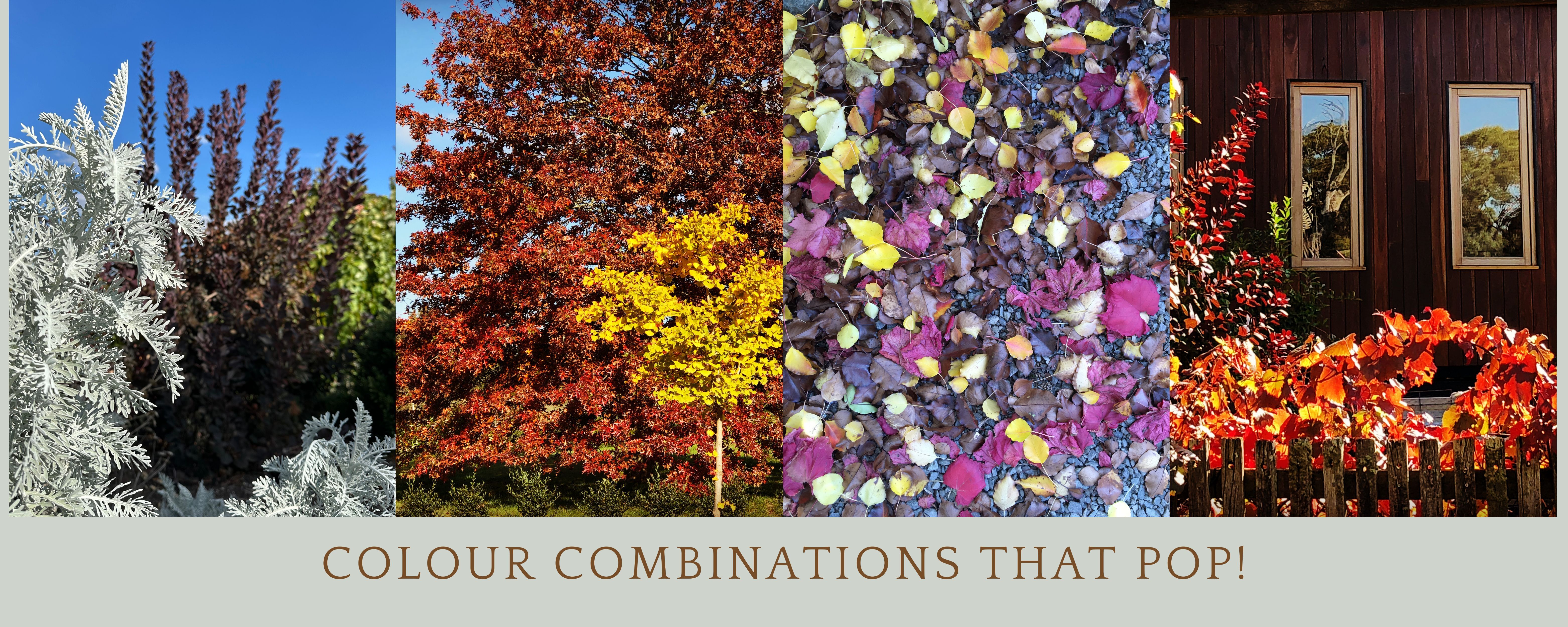
Extra notes on autumn foliage
- Some trees, after displaying autumn colour, turn *chocolate brown and keep their leaves through winter. These can act as a useful screen or windbreak until the new leaves push the old ones off in spring.
- Autumn colours vary by species—this guide outlines common patterns, but exceptions are normal.
- Timing will also vary depending on your local climate and seasonal conditions.
- Many trees shift through a range of colours during autumn, adding changing interest week to week.
- After a dry summer, some trees may drop their leaves earlier or with less colour intensity.
Top autumn foliage plants
Here are some top tree and plant suggestions known for their stunning autumn displays, with their dominant seasonal colours noted below.
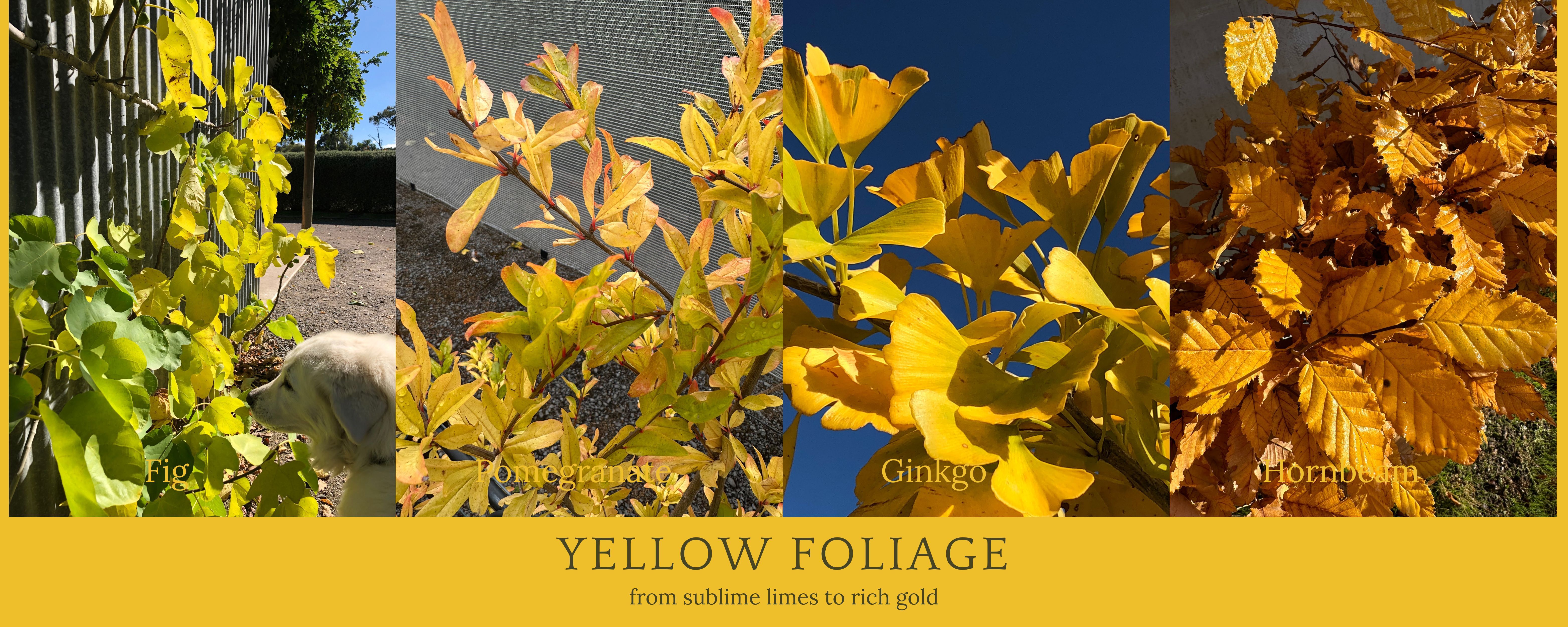
Yellow foliage plants include:
Fruit plants:
Apple
Currants - e.g. black currant, red currant
European Pears - e.g. 'Faccia Rosa'
Fig
Grapes (table or wine)
Mulberry
Pomegranate
Quince
Ornamentals:
Birches
Chinese and Eastern Redbud
Crabapples
Ginkgo
Hornbeam*
Japanese Maple
Lilac
Oak - e.g. English Oak
Roses
Tulip Tree
Wisteria

Orange foliage (sometimes blended with yellow) plants include:
Fruit plants:
Apricot - e.g. Apricot ‘Goldrich’
European Pears
Grapes (table or wine)
Ornamentals:
Crabapples
Flowering Apricot
Japanese Maples
Roses
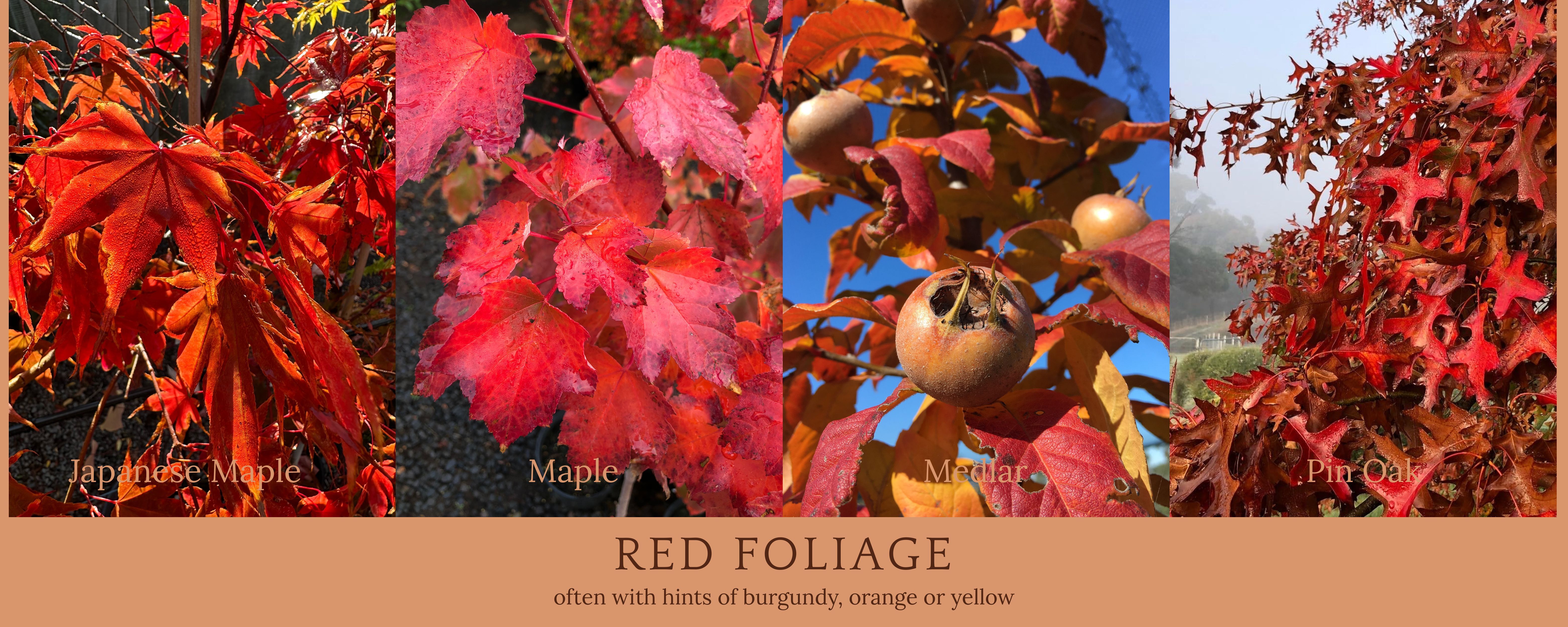
Red foliage (often with hints of burgundy, orange or yellow) plants include:
Fruit plants:
Blueberry
European Pears - e.g. ‘Beurre Bosc’
Perry Pear - e.g. ‘Moorcroft’
Ornamentals:
Crabapples - e.g. Lebanese Wild Apple (Malus trilobata)
Crepe Myrtles - e.g. Lipan Crepe Myrtle, Sioux Crepe Myrtle
Flowering cherries - e.g. ‘Ukon’, ‘Tai Haku’
Flowering plums - e.g. Prunus ‘Elvins’
Japanese Maples
Liquidambar- various colour forms and some with hints of black
Maples e.g. Acer rubrum ‘Autumn Red’
Ornamental Grape - e.g. ‘Tinto’, ‘Roxy Red’
Pin oak* - often with burgundy
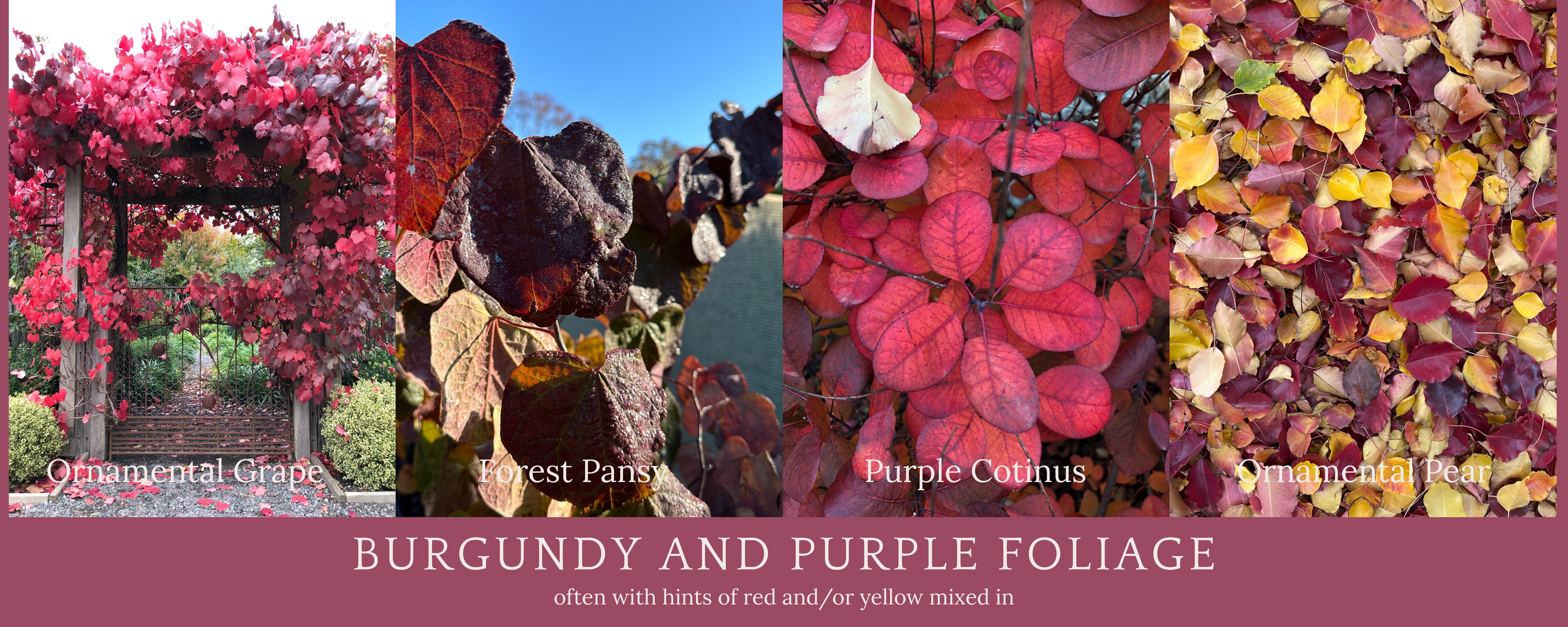
Burgundy and purple foliage (often with hints of red and/or yellow mixed in) plants include:
Fruit plants:
Blueberry
Ornamentals:
Claret Ash
Crabapples
Forest Pansy
Japanese maple - e.g. Bloodgood Japanese Maple (Acer palmatum atropurpureum 'Bloodgood’)
Liquidambar- various colour forms and some with hints of black
Maples
Ornamental Grape - e.g. ‘Roxy Red’
Smoke Bush - e.g. Grace Smoke Bush (Cotinus coggygria x dummeri 'Grace’)
All images: Copyright Heritage Fruit Trees 2025

